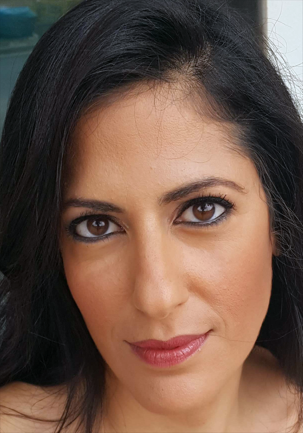
Tali Dekel
I'm a Senior Research Scientist at Google, Cambridge, developing algorithms at the intersection of computer vision and computer graphics. Before Google, I was a Postdoctoral Associate at the Computer Science and Artificial Intelligence Lab (CSAIL) at MIT, working with Prof. William T. Freeman. I completed my Ph.D studies at the school of electrical engineering, Tel-Aviv University, Israel, under the supervision of Prof. Shai Avidan, and Prof. Yael Moses. My research interests include computational photography, image synthesize, geometry and 3D reconstruction.
Research Areas
Authored Publications
Sort By
Google
Teaching CLIP to Count to Ten
Michal Irani
Roni Paiss
Shiran Zada
Submission to CVPR 2023 (2023)
Imagic: Non-Rigid Real Image Editing with Text-Conditioned Diffusion Models
Bahjat Kawar
Huiwen Chang
Michal Irani
Shiran Zada
arxiv (2023) (to appear)
Self-Distilled StyleGAN: Towards Generation from Internet Photos
Ron Mokady
Michal Yarom
Michal Irani
Proceedings of the 49th Annual Conference on Computer Graphics and Interactive Techniques (2022)
Layered Neural Rendering for Retiming People in Video
Erika Lu
Weidi Xie
Andrew Zisserman
ACM Transactions on Graphics (Proc. SIGGRAPH Asia) (2020)
SpeedNet: Learning the Speediness in Videos
Sagie Benaim
Michal Irani
Proc. CVPR 2020
Semantic Pyramid for Image Generation
Assaf Shocher
Yossi Gandelsman
Michal Yarom
Michal Irani
Proc. IEEE Computer Vision and Pattern Recognition (CVPR) (2020)
Learning the Depths of Moving People by Watching Frozen People
Zhengqi Li
Ce Liu
Proceedings of the IEEE Conference on Computer Vision and Pattern Recognition (CVPR) (2019)
Sparse, Smart Contours to Represent and Edit Images
Ce Liu
Chuang Gan
Dilip Krishnan
Computer Vision and Pattern Recognition (2018)
Looking to Listen at the Cocktail Party: A Speaker-Independent Audio-Visual Model for Speech Separation
ACM Transactions on Graphics (Proc. SIGGRAPH), 37 (2018)
